We have forgotten them. Many have never even seen them or cannot remember the familiar calls that could be heard on the streets which were not yet invaded by hectic traffic.
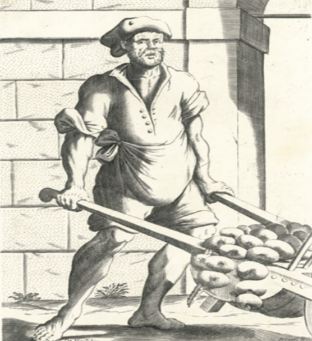
Try saying today: "Sulfanèr, sulfanèr, done." Unknown language, mysterious meaning. Until little more than half a century ago, it was the message cried out in the street, accompanied by the creaking of a cart. The ragman was going by, collecting clothes, fabrics, rags, old and torn.
The street was the place where many trades were exercised. From the knife grinder to the umbrella maker who fixed broken umbrellas. From the "giazaròl" (who was selling ice to keep food fresh) to the fish seller ("Pesce, pesce fresco!") who came by bicycle from the valleys to the city with the modest catch of the day. From the accordion or keyboard player carrying on unstable notes from old songs to the Chinese man who offered neckties ("tlee clavats a hundled lile").
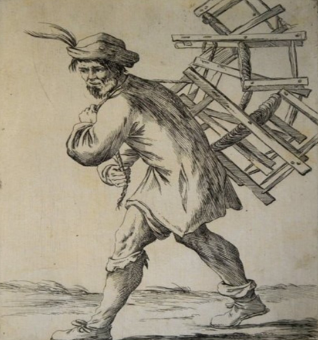
A mercantile or craft activity that took place in the streets, punctuating the life of the neighbourhood with familiar figures who were expected for the services they rendered at home. In a delicate as well as realistic and – I would say – nostalgic song, Fausto Carpani, a singer-songwriter from Bologna who vowed a great love for his city, wrote "Al mi curtil" with all its animated characters. Almost a watercolour with bright colours and lively atmospheres.
Going much further back in time, we find an exceptional artistic "testimony" of the varied and busy world of trades which in the Bologna of the years 600 took place out there in the streets. This testimony is from Giuseppe Maria Mitelli (1634-1718), one of the most prolific engravers of the seventeenth century, the son of famous painter Agostino Mitelli. There are eighty tables (each one with a brief comment or poem in Italian or, sometimes, in the Bolognese dialect) each dedicated to one of the trades done in the streets and shops of Bologna. It is inspired by the work of Annibale Carracci in Le arti per via where every vendor or craftsman is taken individually and protagonists are all characterized by strong expressiveness and vividness. It is clear that what matters to the artist is people, caught in their humble and common everyday life.
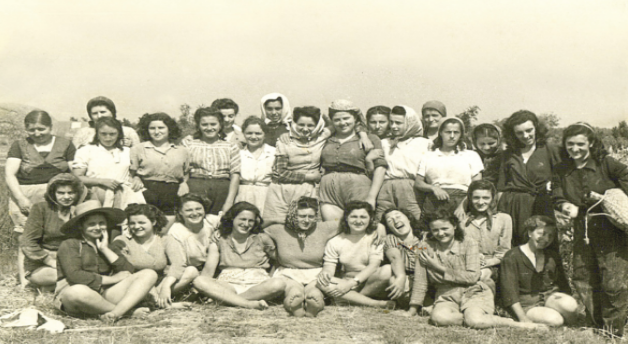
With the advent of photography, activities taking place most often in the streets are increasingly documented: coopers and chair menders, basket weavers and artisans of straw intended for many uses, weavers and embroiderers (often sitting in groups in front of houses along the street and in backyards), tinsmiths and shoeshiners (ancestors of the shoeshine boys of the war), farriers and blacksmiths, rope-makers and saddlers, laundresses and straw hatmakers for working women and men. Straw hats bring to mind two types of workers: the rice-workers (mondine) and wheelbarrow workers (scarriolanti) who were the protagonists of popular songs.
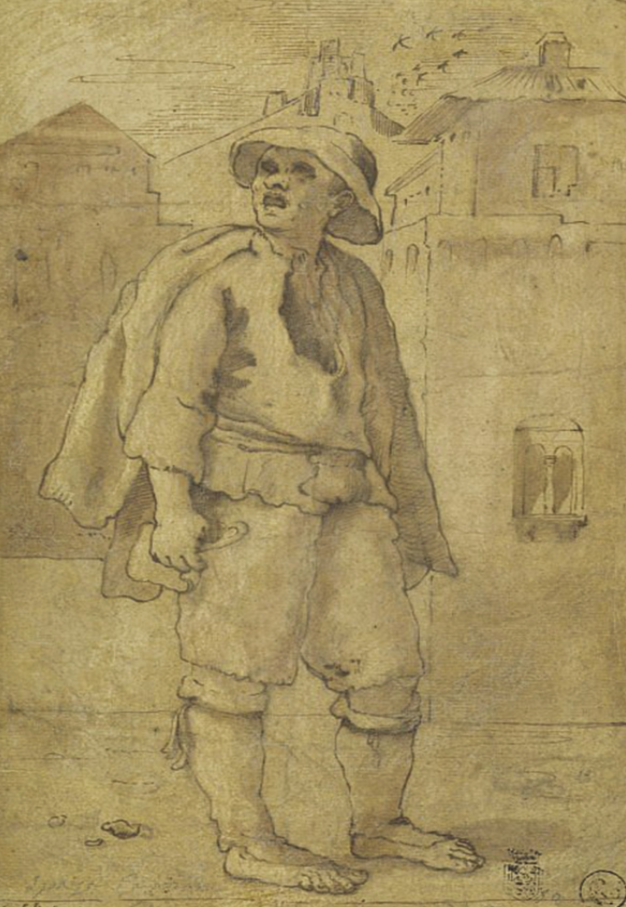
Since it was that spontaneous singing (about the harsh working conditions in rice fields and about homesickness) which helped rice-workers continue their backbreaking work, sharing in a chorus their fatigue, true choirs were formed (such as the rice-workers of Bentivoglio in Bologna). They perform the songs of that time participating in music festivals and country fairs. They remain distinct and unforgettable in Bitter Rice (filmed in 1949 and directed by Giuseppe De Santis) which introduced the magnificent Silvana Mangano.
It is more difficult to evoke the epic struggles of wheelbarrow workers and farm workers, at the mercy of "corporals". They carried earth in their wheelbarrows during the rehabilitation works (end of the 800s, beginning of the 900s), particularly in the coastal area of Romagna and in the province of Ferrara. Even they have a sad and rhythmic "hymn": "At midnight you will hear lots of noise (...) the wheelbarrow workers are going to work." Hard work, poorly paid, which – wheelbarrow after wheelbarrow – has contributed to the growth of the country.

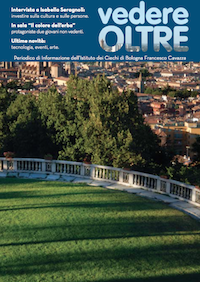



.png)